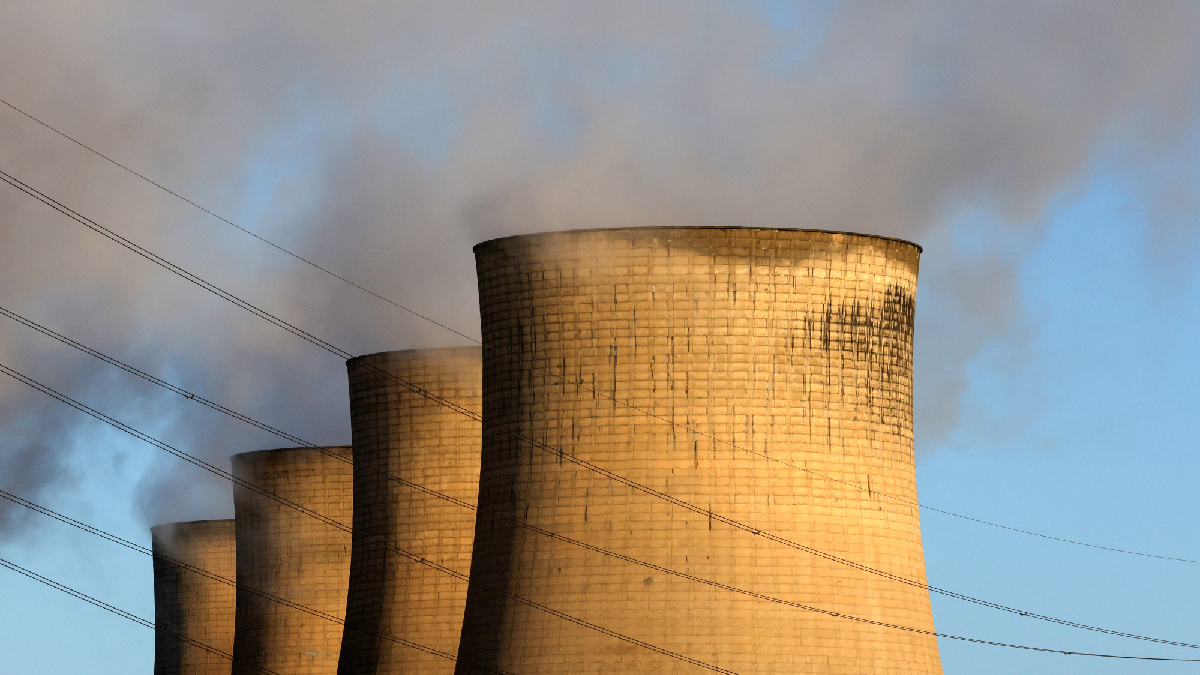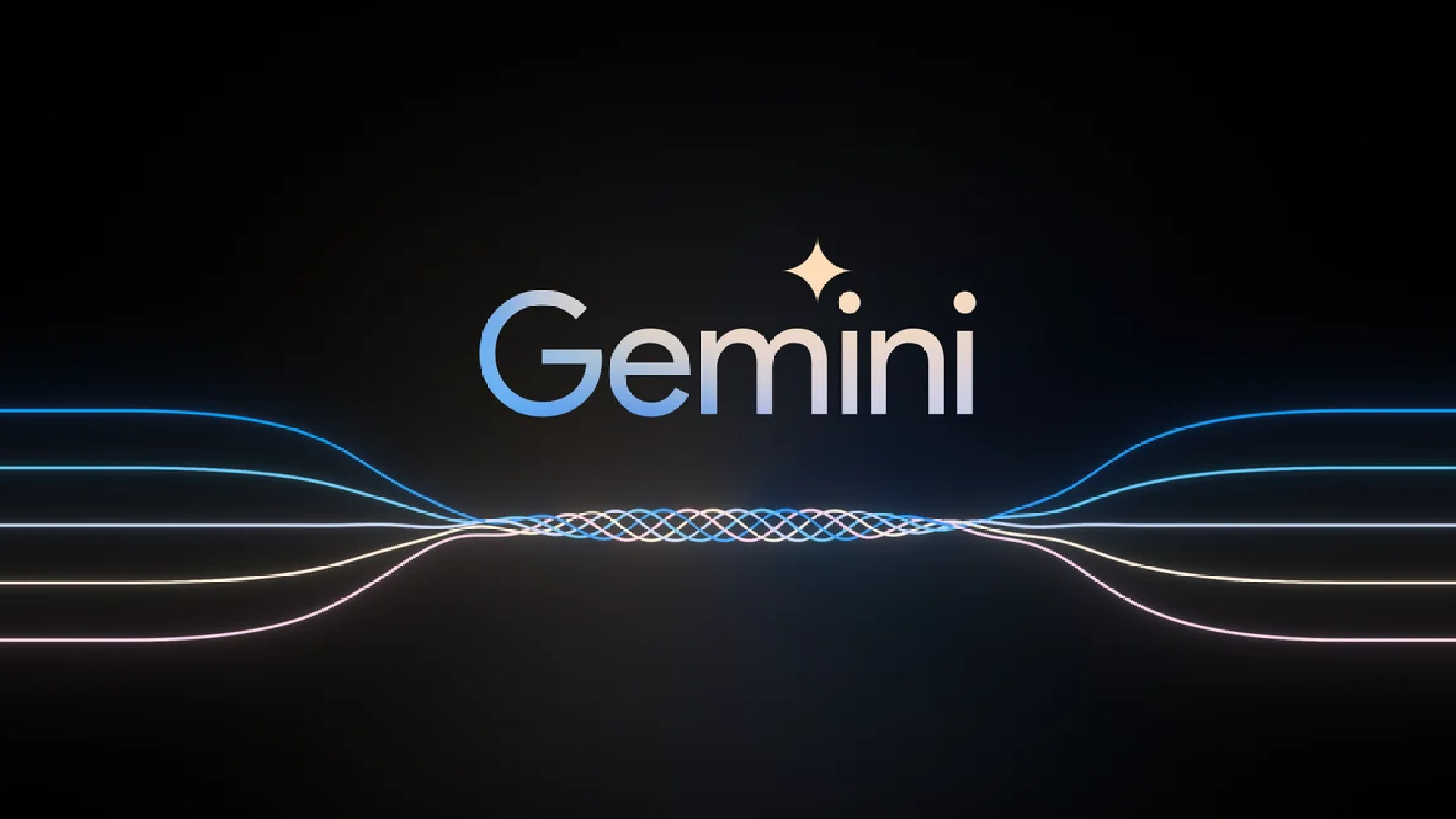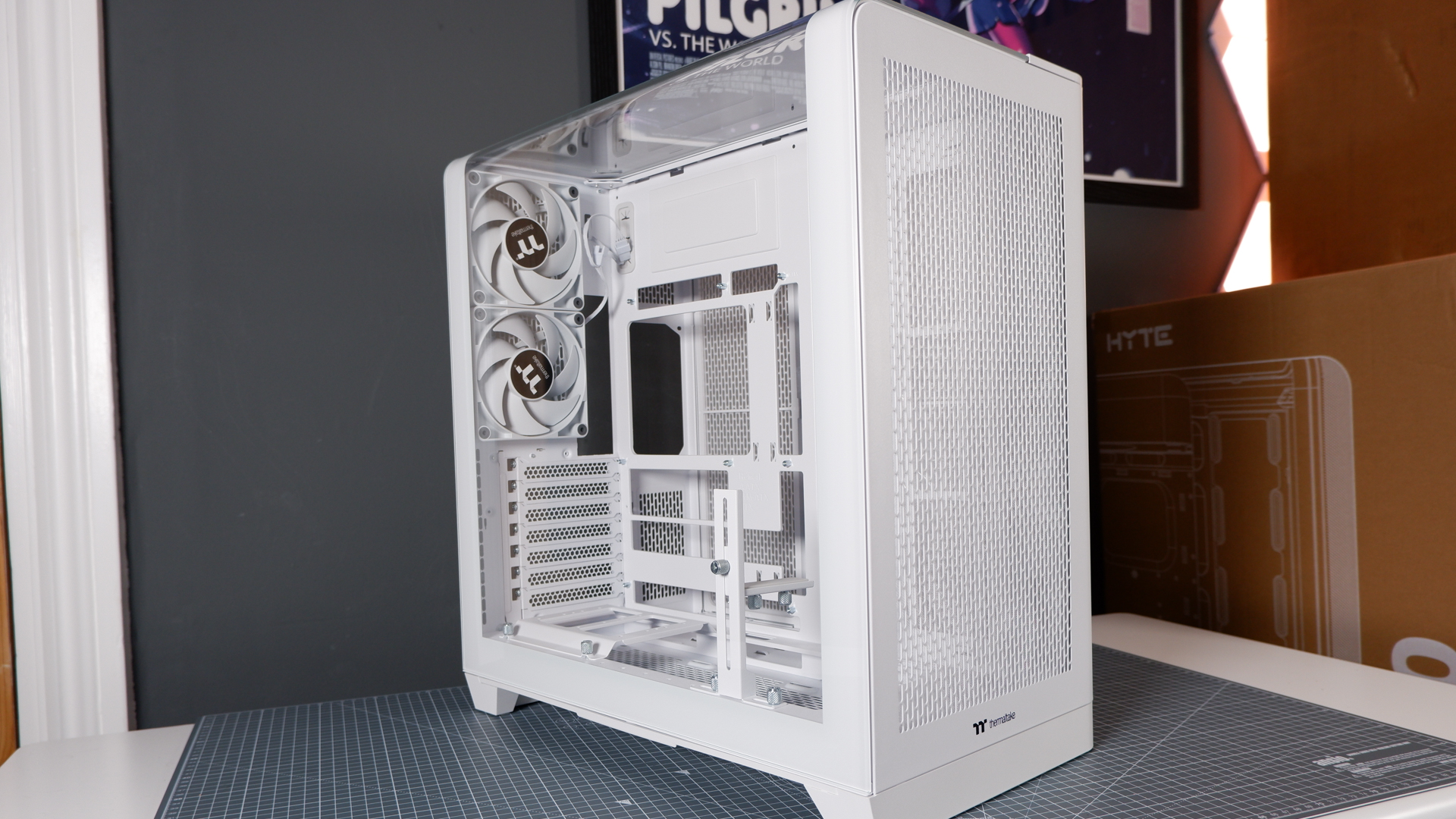'They’re just hiding the critical information': Google says its Gemini AI sips a mere 'five drops' of water per text prompt, but experts disagree with its findings
'This really spreads the wrong message to the world.'

Google has released a new study [PDF warning], detailing what it claims is the environmental impact of "delivering AI at Google scale". The study estimates that a median Gemini AI text prompt uses less energy than watching nine seconds of television, and consumes "0.26 milliliters (or about five drops) of water"—but some experts have disagreed with its findings.
Speaking to The Verge, Shaolei Ren, an associate professor of electrical and computer engineering at the University of California and one of the authors named in the study, said: "They're just hiding the critical information. This really sends the wrong message to the world."
Chief among their concerns is Google's apparent omission of indirect water use in its data. While the claim that roughly five drops—or 0.26 ml—of water is consumed per median text prompt may be true regarding data center cooling systems, it doesn't take into account the vast amount of water used by power plants providing electricity to the facilities.
The International Energy Agency (IEA) estimates that 60% of data center water consumption is from indirect sources, like the water needed to cool power facilities and used to generate steam to spin their turbines. Google claims that its water consumption figure is "orders of magnitude less than previous estimates", referencing a 50 ml figure in Ren's research, but Ren claims that their figure takes into account indirect water consumption as well.
And while that 0.26 ml figure might seem like a relatively insignificant amount taken on its own merits, it's worth noting that many modern data centers are often built in the world's driest areas, where even a few drops per query, multiplied by the many, many queries it receives, still makes a significant dent in the local supply.

The study also doesn't factor in the cost, either in water usage or C02 production, of training the AI models in the first place. While Google has not released any assessments of these impacts, Mistral, a French AI startup, has previously reported that training its Large 2 model resulted in the production of an estimated 20.4 kilotons of carbon dioxide and consumed 281,000 cubic meters of water, equivalent to around 112 Olympic-sized swimming pools.
Speaking of carbon emissions, both Ren and Alex de Vries-Gao, another research author cited in the study, also disagree with the way renewable energy was factored into the estimates. The experts claim the paper uses a generalised, market-based measure of C02 production, rather than looking specifically at the locations where Google's data centers draw their energy from.
Keep up to date with the most important stories and the best deals, as picked by the PC Gamer team.
Both argue that Google should have taken into account the specific mix of renewable and "dirty" energy supplying its facilities, rather than factoring in commitments made by power companies to support renewable energy growth on the power grid overall with a market-based metric.
Ren and de Vries-Gao also argue that their previous work referenced in the study was incorrectly represented, given that Google compared its own figures based on median prompts to their data, which was based on averages, and Google did not share figures for how it arrived at said median. The figures also don't take into account video or image generation, both of which Google's Gemini AI provides.

It's not just Google claiming tiny amounts of water consumption in its data centers, either. OpenAI CEO Sam Altman claimed earlier this year that a typical ChatGPT query uses one 15th of a teaspoon of water, which does seem like a relatively insignificant amount, even when you multiply it at scale to account for billions of potential prompts.
However, much like Google's claims, looking at individual metrics and using them as an indicator of AI's environmental impact overall seems to me to be an oversimplification of a very complicated issue. While efficiencies appear to be being made in regards to AI's water consumption and power usage, as soon as you factor in the sheer scale of data center expansion, and the apparent power gap it's expanding into, it starts to look like much less rosy of a picture.

👉Check out our list of guides👈
1. Best gaming chair: Secretlab Titan Evo
2. Best gaming desk: Secretlab Magnus Pro XL
3. Best gaming headset: HyperX Cloud Alpha
4. Best gaming keyboard: Asus ROG Strix Scope II 96 Wireless
5. Best gaming mouse: Razer DeathAdder V3 HyperSpeed
6. Best PC controller: Xbox Wireless Controller
7. Best steering wheel: Logitech G Pro Racing Wheel
8. Best microphone: Shure MV6 USB Gaming Microphone
9. Best webcam: Elgato Facecam MK.2

Andy built his first gaming PC at the tender age of 12, when IDE cables were a thing and high resolution wasn't—and he hasn't stopped since. Now working as a hardware writer for PC Gamer, Andy spends his time jumping around the world attending product launches and trade shows, all the while reviewing every bit of PC gaming hardware he can get his hands on. You name it, if it's interesting hardware he'll write words about it, with opinions and everything.
You must confirm your public display name before commenting
Please logout and then login again, you will then be prompted to enter your display name.

